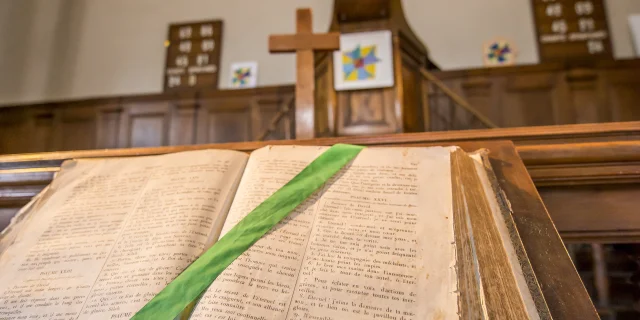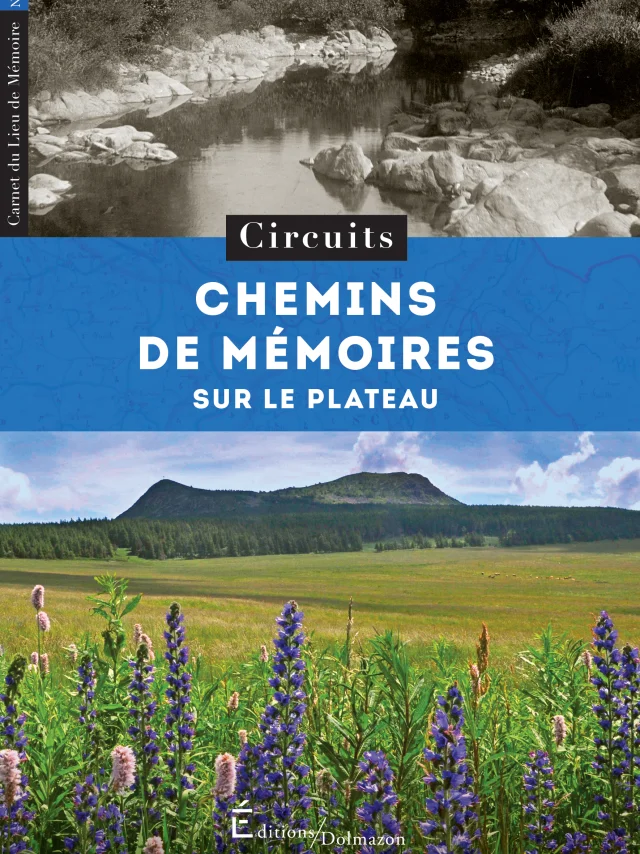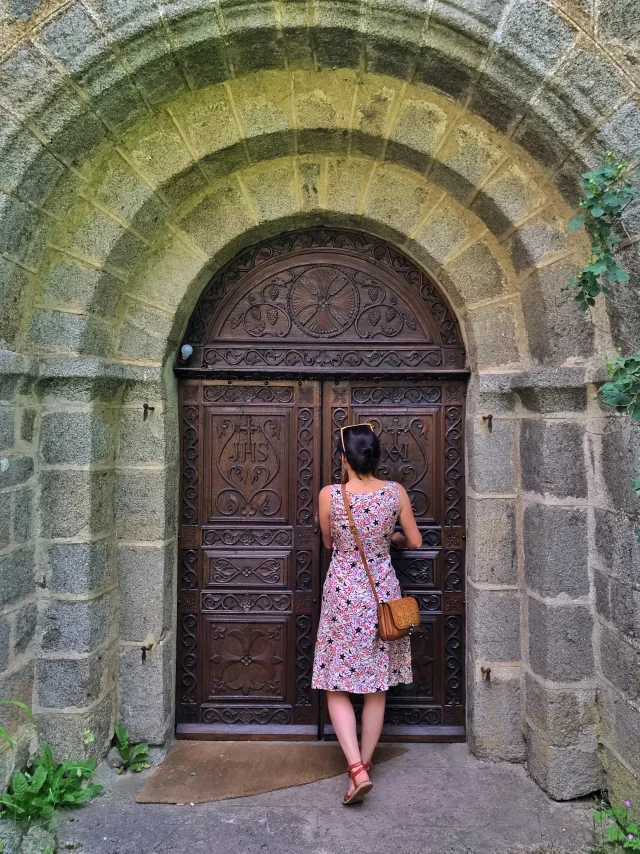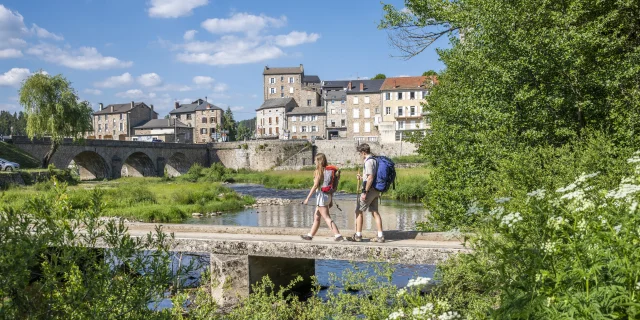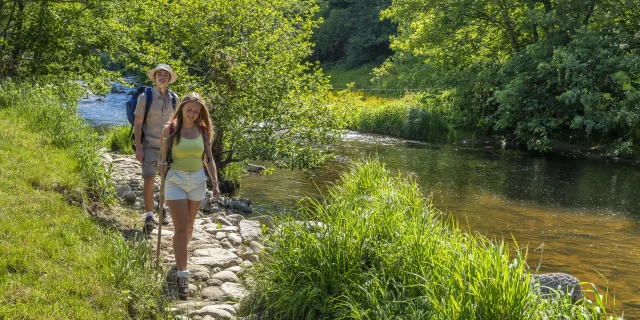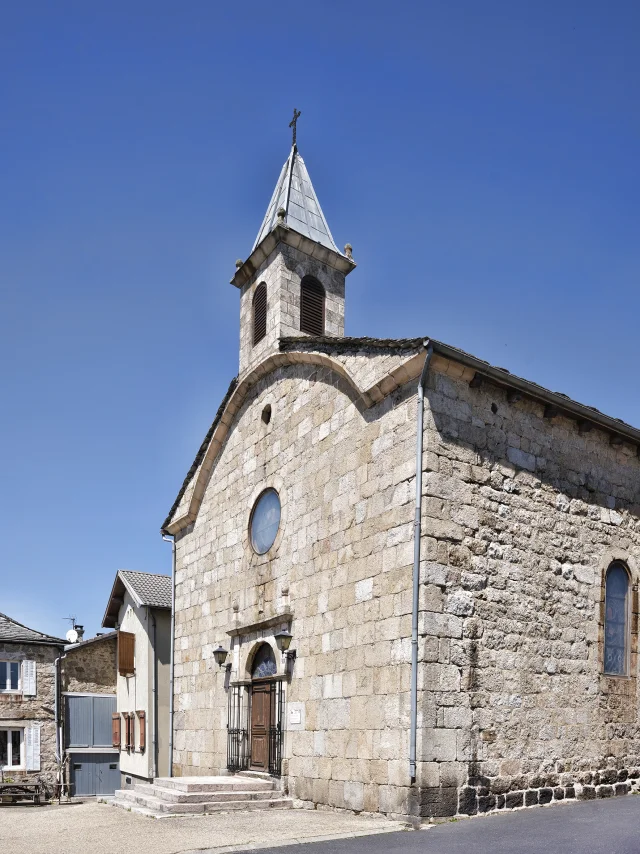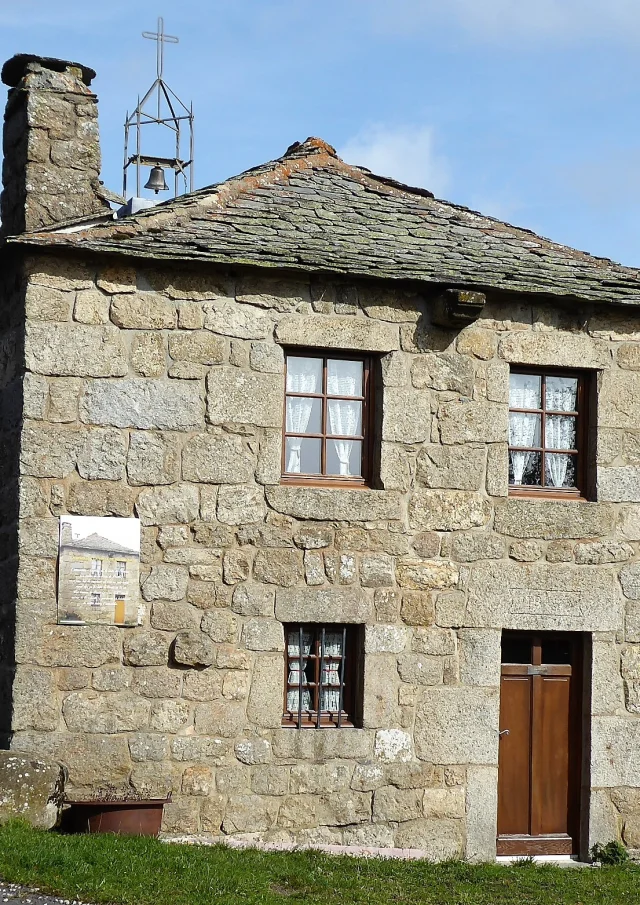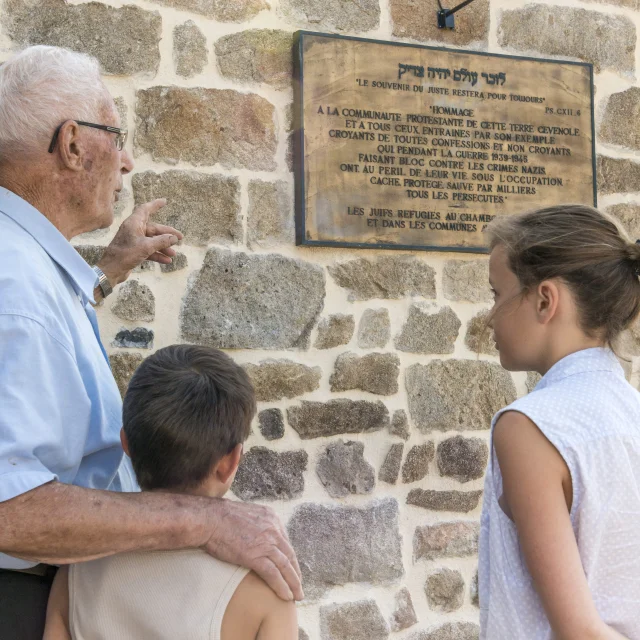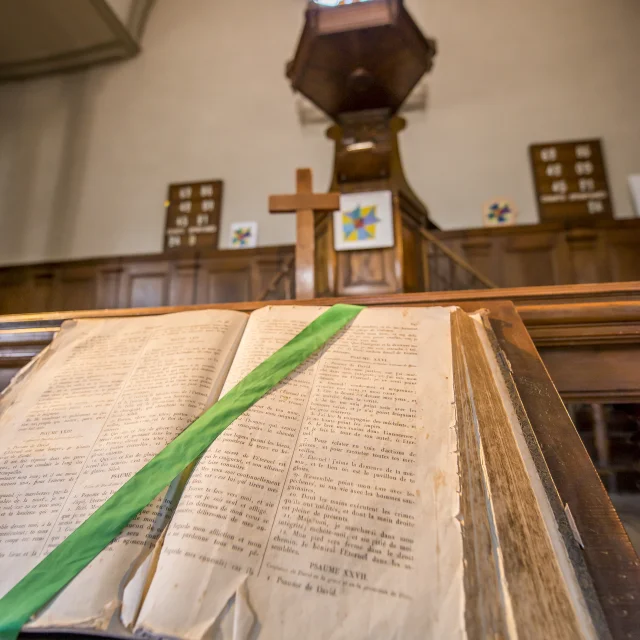Converted to the Reformation around 1560, following in the footsteps of priests, country hobgoblins and Waldensian peddlers, the Huguenots of the Montagne experienced difficult and sometimes terrible ordeals in the 18th century: forced abjurations, dragonnades, fines, arrests and sentences to the galleys or the “brevet de potence”. These tragedies became part of our collective memory, and gave rise to a social and religious solidarity that still exists today.
At the time of the 1789 Revolution, priests refusing to sign the Civil Constitution of the Clergy found “secret hiding places” set up by Protestant families, offering them shelter from persecution.
If the Montagne is identified by its way of believing, we note a strong geographical endogamy in terms of marriages, between “locals” and above all according to a collective constraint of a religious nature, with little or no intermarriage. The Bible is also an inexhaustible source of first names: Abel, David and Samuel rub shoulders with Rachel, Sarah and Esther!
The Plateau’s people are characterized by their need to learn, their eagerness to read, their concern for information, their spirit of progress and their concern for morality. If we consider the Reformation too much as a purely religious and political event, we underestimate the socio-cultural mutation it represented in the countryside of eastern Haute-Loire.
Today, the range of Protestant communities on the Plateau is extremely broad – perhaps unique in France! Shocking or detrimental to unity for some, this proliferation of Protestantism represents real vitality and freedom.
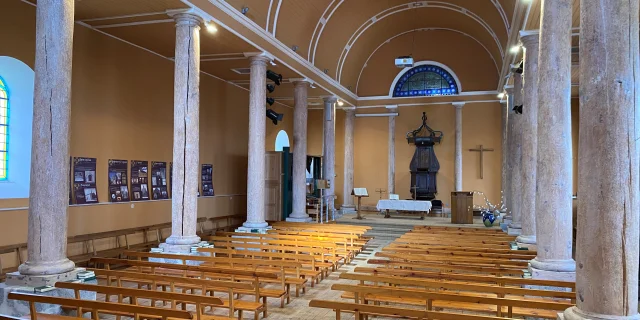 Interieurtemplemazetcopyrightamelie
Interieurtemplemazetcopyrightamelie- Free churches
- This was the darbyste movement and the Assemblies, followed by splits within darbysm with the emergence of the Narrow Brethren or Ravinists, who were to divide further.
- Strong presence of the Salvation Army.
- Pentecostal movement
- Assemblée évangélique du lieu-dit Malagayte
